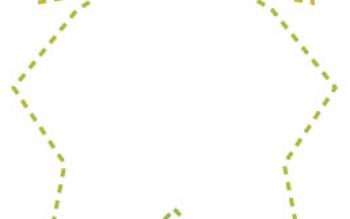Lead paragraph
When designers have reduced hundreds of ideas to a few, they then need to move from those handfuls of ideas and insights into a fully-fledged concept. A Concept is more holistic and complete than an idea as they are like bundle ideas that start to answer the service challenge (problem or opportunity).
PREPARATION: up to 15 minutes
DESIGN PHASE: Creation
DURATION: 45-60 minutes
TEMPLATE OR GUIDELINES: ‘Service Morphological Chart
FACILITATORS: 1 per workshop
RESOURCES: Pens, Post-its, a large sheet of paper or whiteboard
PARTICIPANTS: 1-8, design team, partners, community members, etc.
EXPECTED OUTCOME: Service concept – elements
Service morphological charts help designers with concept generation and visualisation to express a service that starts to look like an answer to the ‘How Might We’ question. This is the moment where you move from problem to solution and it drives everything that comes next.
STEPS
1.START:
State the selected “How Might We” statement or a sub-focus area of it.
2.IDENTIFY:
Based on your HMW statement define the criteria and select the suitable participants for this exercise.
3.PREPARE:
Organize a meeting with the selected participants, and prepare the results of the idea filtering by printing out the handful of ideas in cards or Post-its (visual way). Gather the necessary resources and supplies. Think about what expectations will be set up-front, how you will start and end the workshop, and how much time participants are expected to dedicate to this activity.
4.CONDUCT:
Present the list of filtered ideas to the participants under need areas. Then, based on those ask participants to list the elements/attributes that are essential to the service. The list should not be too long but should encompass the major elements. Ideally, there should be no more than 10. For each service element/attribute, list visually as well as in words, the ’means‘, possible solutions by which it might be achieved. Use the ’morphological chart‘ template, and draw up a chart containing all possible sub-solutions. The chart should represent the total ’solution space’ for the service – made up of combinations of sub-solutions.
5.REPORT:
Write up the key outcomes and decisions from this exercise.

